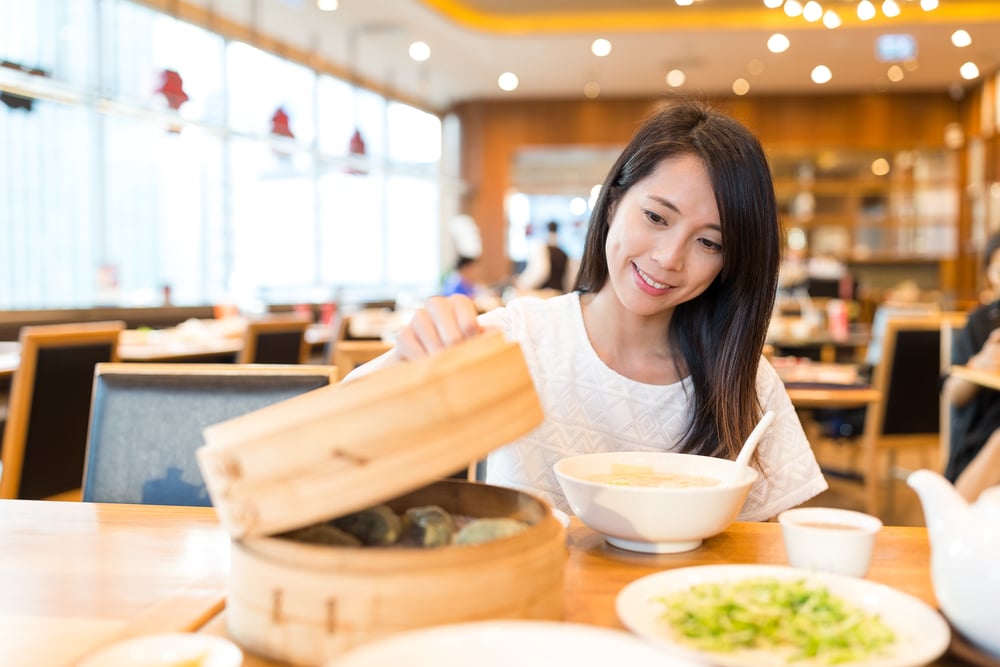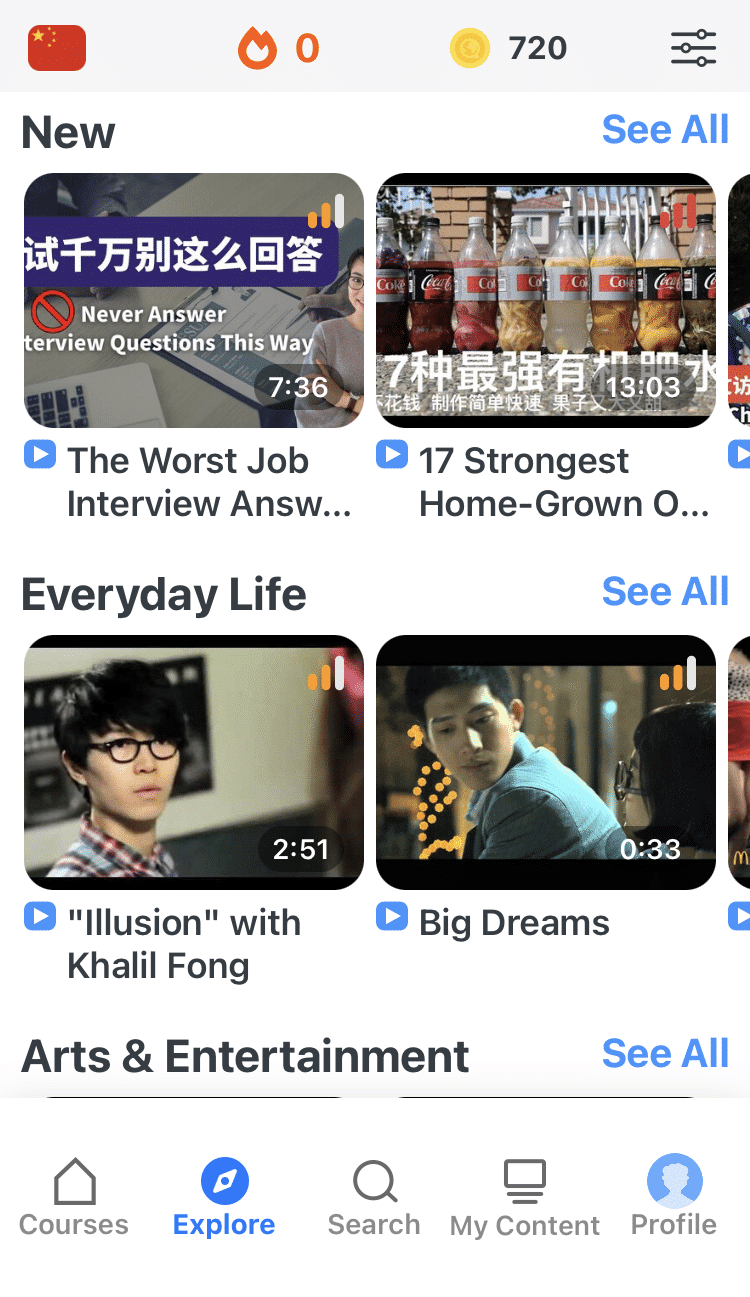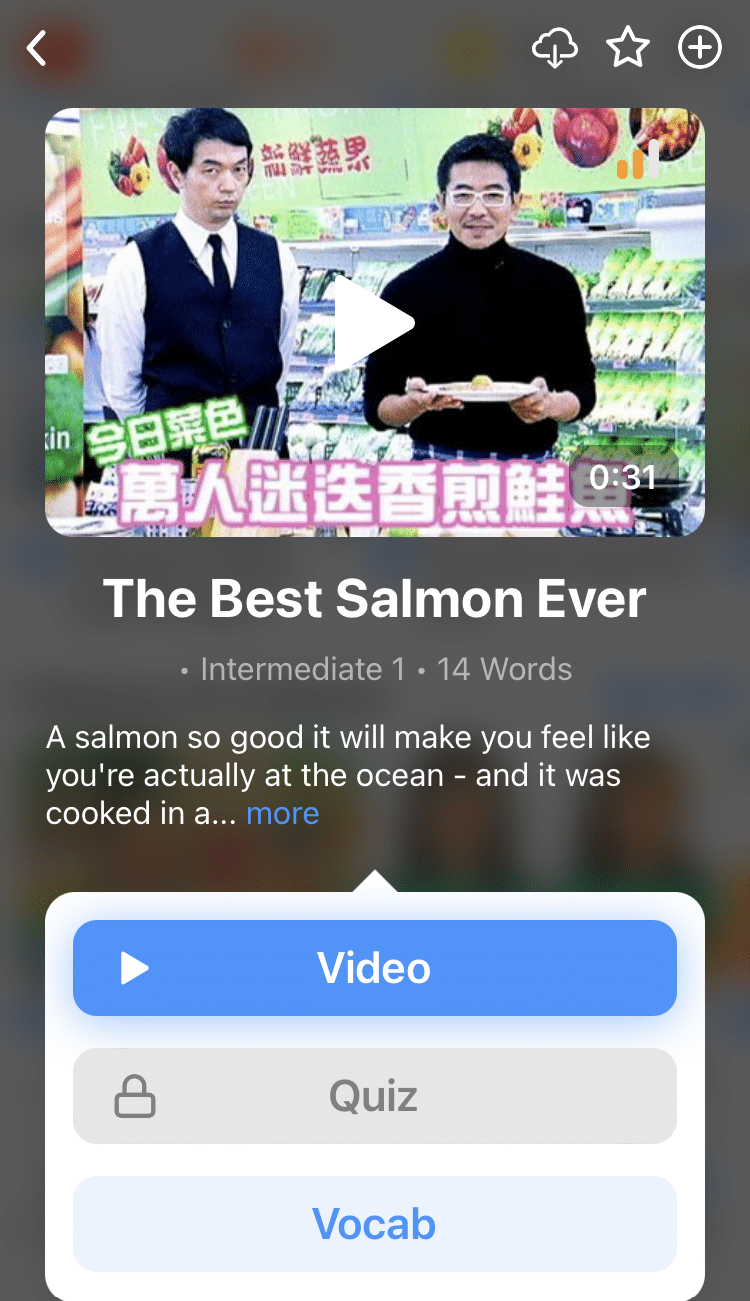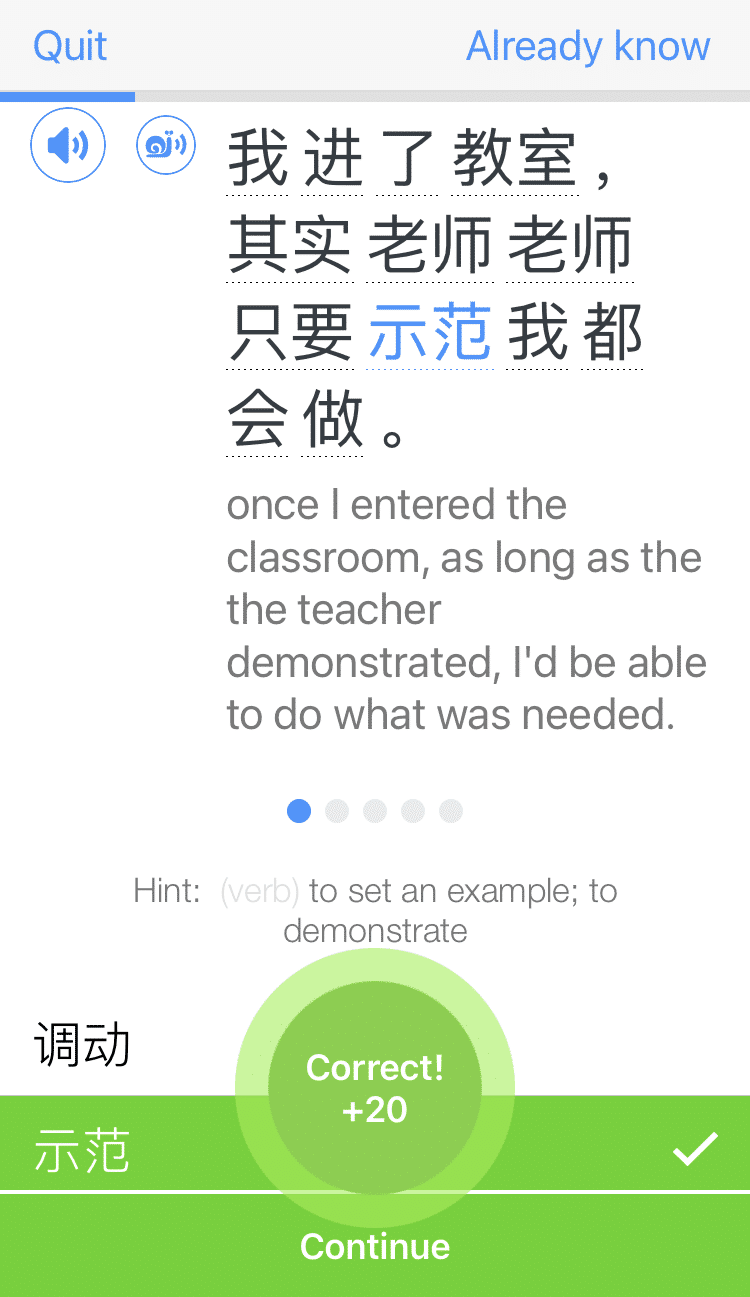
How to Order Food in Chinese: 60+ Essential Words and Phrases for Dining Out
Deciding what you want to eat can be very difficult when you love food.
If you’re at a Chinese restaurant, then there are likely a lot of interesting dishes you’ll want to order!
In this post, we’ll help you get up to speed on all the basics of ordering in Chinese, including how to read a Chinese menu and what you need to know about dining out in China.
Contents
- Getting a Table in Chinese
- Browsing a Chinese Menu
- Ordering in Chinese
- Receiving Your Order
- Paying the Bill in Chinese
- Some Notes on Chinese Food Culture
- And One More Thing...
Download: This blog post is available as a convenient and portable PDF that you can take anywhere. Click here to get a copy. (Download)
Getting a Table in Chinese
When stepping into a restaurant, there are several phrases that you might be greeted with. Assuming that you’re going out for a meal with friends during peak hours, those greetings might be accompanied by phrases that indicate how busy the place is currently.
Here are a few things you might hear when you walk into a restaurant.
欢迎光临!
(huān yíng guāng lín!)
Welcome!
请稍等一下。
(qǐng shāo děng yí xià.)
Please wait a moment.
对不起,没有位子了。
(duì bu qǐ, méi yǒu wèi zi le.)
Sorry, we are full/have no more seats left.
In addition to these phrases, here are a few questions the waitstaff might ask you (and how you could potentially respond to them).
Example 1:
A: 你预定一张桌子了吗?
(nǐ yù dìng yì zhāng zhuō zi le ma?)
Have you booked a table/made a reservation?
B: 没有。
(méi yǒu.)
No, I haven’t.
or
B: 预定了。名字是Sheena。
(yù dìng le. míng zì shì Sheena.)
Yes. [Reservation] name is under Sheena.
Example 2:
A: 请问几位?
(qǐng wèn jī wèi?)
[Table] for how many?
B: 五位。
(wǔ wèi.)
[Table] for five.
Example 3:
A: 抽烟吗?
(chōu yān ma?)
Smoking [or non-smoking]?
B: 不抽烟。
(bù chōu yān.)
Non-smoking.
Example 4:
A: 现在没有位子。你能等十五分钟吗?
(xiàn zài méi yǒu wèi zi. nǐ néng děng shí wǔ fēn zhōng ma?)
We have no seats at the moment. Are you willing to wait for 15 minutes?
B: 没问题。
(méi wèn tí.)
Sure, no problem.
Browsing a Chinese Menu
At this point, the waiter or waitress will show you to your table. Depending on how busy the place is, the waitstaff might not hand you a menu right away. In this case, you can flag down a server by calling them 服务员 (fú wù yuán).
Some textbooks might teach you that 小姐 (xiǎo jiě) or “Miss” is an appropriate way to address a waitress, but in China, it’s slang for prostitute, so best to stick with the respectable term 服务员.
Here’s what you can ask once you have a server’s attention:
菜单。
(cài dān.)
May we have a menu?
To ask for water, you can use this phrase: number + 杯水 (bēi shǔi). For example:
三杯水。
(sān bēi shǔi.)
May we have three glasses of water?
It’s also common to ask for tea:
一壶茶。
(yì hú chá.)
May we have a pot of tea?
Some restaurants will have English and Chinese menus or menus with pictures, which makes it miles easier for foreigners to order food. However, there will be places that have neither English nor pictures.
While you can use your handy translation apps, you have to learn the words at some point. Not saying you have to memorize all of the names of typical Chinese dishes, but knowing certain characters will offer clues on which type of meat is used in certain menu items, and the method used to cook those dishes.
Here’s a list of ingredients you might come across:
蛋 (dàn) — egg
肉 (ròu) — meat
羊 (yáng) — lamb
猪 (zhū) — pork
牛 (niú) — beef
鸡 (jī) — chicken
鸭 (yā) — duck
鱼 (yú) — fish
虾 (xiā) — shrimp
鱿鱼 (yóu yú) — squid
蔬菜 (shū cài) — vegetables
饭 (fàn) — rice
面 (miàn) — noodles
And here are some characters that describe how the food is cooked:
烤 (kǎo) — roasted
炒 (chǎo) — stir-fried
拉面 (lā miàn) — pulled noodles
辣 (là) — spicy
清蒸 (qīng zhēng) — steamed
排 (pái) — steak, fillet, chop
焖 (mèn) — braised
油 (yǒu) — (in) oil
汤 (tāng) — soup
小菜 (xiǎo cài) — cold/side dish
Ordering in Chinese
When you’re ready to order, call over the 服务员 and say:
点菜。
(diǎn cài.)
I would like to order.
To start ordering, there’s one key phrase that you need to know:
我要 + number + 份+ dish。
(wǒ yào + number + fèn + dish.)
I want/would like [number] order(s) of [dish].
Let’s say you’re ordering two plates of egg fried rice for the group. Using the formula above, you would say:
我要两份蛋炒饭。
(wǒ yào liǎng fèn dàn chǎo fàn.)
I would like two orders of egg fried rice.
But what if you don’t know how to pronounce your order, or are referring to the pictures? All you have to do is point to the picture and say:
我要一份这个。
(wǒ yào yí fèn zhè ge.)
I would like one order of this.
份 is the measure word for plates or dishes. If you want to order drinks, you would use this formula:
我要 + number + 杯 + drink。
(wǒ yào + number + bēi + drink.)
I want [number] glass(es) of [drink].
我要七杯橙汁。
(wǒ yào qī bēi chéng zhī.)
I would like seven glasses of orange juice.
我要三杯这个。
(wǒ yào sān bēi zhè ge.)
I would like three glasses of this.
If your drink comes in a can, replace 杯 in the formula with 听 (tīng). If your drink comes in a bottle, you would use 瓶 (píng) as your measure word.
Still want to clarify a couple of things before placing your order? Feel free to ask any of these questions below:
有没有素食?
(yǒu méi yǒu sù shí?)
Are there vegetarian/vegan dishes?
这个很辣吗?
(zhè ge hěn là ma?)
Is this very spicy?
今天有什么特别的菜吗?
(jīn tiān yŏu shén me tè bié de cài ma?)
What is today’s special?
你推荐什么菜吗?
(nǐ tuī jiàn shén me cài ma?)
What dish do you recommend?
Those questions should clear up any last-minute concerns you have about the menu.
Receiving Your Order
It’s finally time to receive your order! For sharing plates, the server will just say the name of the dish and place it in the middle. If you’ve ordered something for yourself, you can respond to the 服务员 with:
我的。
(wǒ de.)
That’s mine.
Sometimes, orders get mixed up or take longer than expected. In those instances, you can say to your server:
这不是我点的。
(zhè bú shì wǒ diǎn de.)
This isn’t what I ordered.
我点的菜还没到。
(wǒ diǎn de cài hái méi dào.)
The food I ordered hasn’t arrived yet.
Sometimes, what you order won’t be enough. Here are a few things you might tell the waiter to add more food to the table:
我还可以点一份这个吗?
(wǒ hái kě yǐ diǎn yí fèn zhè ge ma?)
Can I order one more of this dish?
你还可以加两碗米饭吗?
(nǐ hái kě yǐ jiā liǎng wǎn mǐ fàn ma?)
Can you add two more bowls of rice?
你们有什么甜点?
(nǐ men yǒu shén me tián diǎn?)
What desserts do you have?
Paying the Bill in Chinese
Now it’s time to pay the bill. Let your server know you’re ready by saying:
服务员,买单。
(fú wù yuán, mǎi dān.)
Waiter, can we have the bill?
You’ll also need to specify whether you want one bill or separate bills, so in addition, you’d tell your waiter:
一起付。
(yì qǐ fù.)
Pay together.
分开付。
(fēn kāi fù.)
Pay separately.
Out of cash, or 现金 (xiàn jīn), and need to pay via other means? Luckily, there are a lot of other ways you can pay your bill in China. Ask your server:
刷卡可以吗?
(shuā kǎ kě yǐ ma?)
Can I pay by (debit/credit) card?
微信可以吗?
(wēi xìn kě yǐ ma?)
Can I pay by WeChat?
支付宝可以吗?
(zhī fù bǎo kě yǐ ma?)
Can I pay by AliPay?
Apple Pay可以吗?
(Apple Pay kě yǐ ma?)
Can I pay by Apple Pay?
And if there are any leftovers you want to take home, just point to the dish and say:
打包。
(dǎ bāo.)
I’ll pack this up for take-out.
However, if you’re in Hong Kong, 打包 takes on different meanings: “packing a dead body” and literally, “hit bread.” So when you’re in this region, you’ll have to say 带走 (dài zǒu) or “takeaway,” instead to avoid any confusion!
Some Notes on Chinese Food Culture
Most of the time when foreigners describe their dining experiences in China as unpleasant, it’s because they haven’t accepted certain differences between Chinese culture and their own.
Every nation has their own eating culture, and it’s important to keep an open mind. Knowing how to order food in Mandarin is only half the battle.
Here are some key characteristics of Chinese food culture:
- Meals are a social activity. In the West, adults often meet over food and/or drinks at restaurants and bars, but in China (and Asian cultures in general) they’re more likely to socialize with family or friends over a meal in family-friendly establishments.
- Chinese restaurants are normally very noisy. Crowds and long lines are signs of great food, and people often associate the noise level of an eatery with the quality of its dishes.
- Dishes are shared. Unless it’s a fast food joint, cafeteria-style restaurant or Western establishment, most of the items on the menu are sharing plates rather than individual servings. Round tables with Lazy Susans, along with big serving dishes, all fit in with the communal theme of Chinese food culture.
- The more food, the better. When dining with Chinese friends, don’t be surprised by the huge amount of food left over, as leftovers are a sign of wealth and generosity. It might seem wasteful to order that much food, but you can always pack it up at the end of the meal.
This is more than enough to get you started! Bookmark this guide for when you go to a Chinese restaurant, and you’ll be able to communicate the essentials, from asking for the menu to paying your bill.
To practice these phrases more, you can dive into Chinese dining etiquette and vocabulary with an immersion program like FluentU.
Good luck with your food adventures!
Download: This blog post is available as a convenient and portable PDF that you can take anywhere. Click here to get a copy. (Download)
And One More Thing...
If you want to continue learning Chinese with interactive and authentic Chinese content, then you'll love FluentU.
FluentU naturally eases you into learning Chinese language. Native Chinese content comes within reach, and you'll learn Chinese as it's spoken in real life.
FluentU has a wide range of contemporary videos—like dramas, TV shows, commercials and music videos.
FluentU brings these native Chinese videos within reach via interactive captions. You can tap on any word to instantly look it up. All words have carefully written definitions and examples that will help you understand how a word is used. Tap to add words you'd like to review to a vocab list.
FluentU's Learn Mode turns every video into a language learning lesson. You can always swipe left or right to see more examples for the word you're learning.
The best part is that FluentU always keeps track of your vocabulary. It customizes quizzes to focus on areas that need attention and reminds you when it’s time to review what you’ve learned. You have a 100% personalized experience.
Start using the FluentU website on your computer or tablet or, better yet, download the FluentU app from the iTunes or Google Play store. Click here to take advantage of our current sale! (Expires at the end of this month.)





